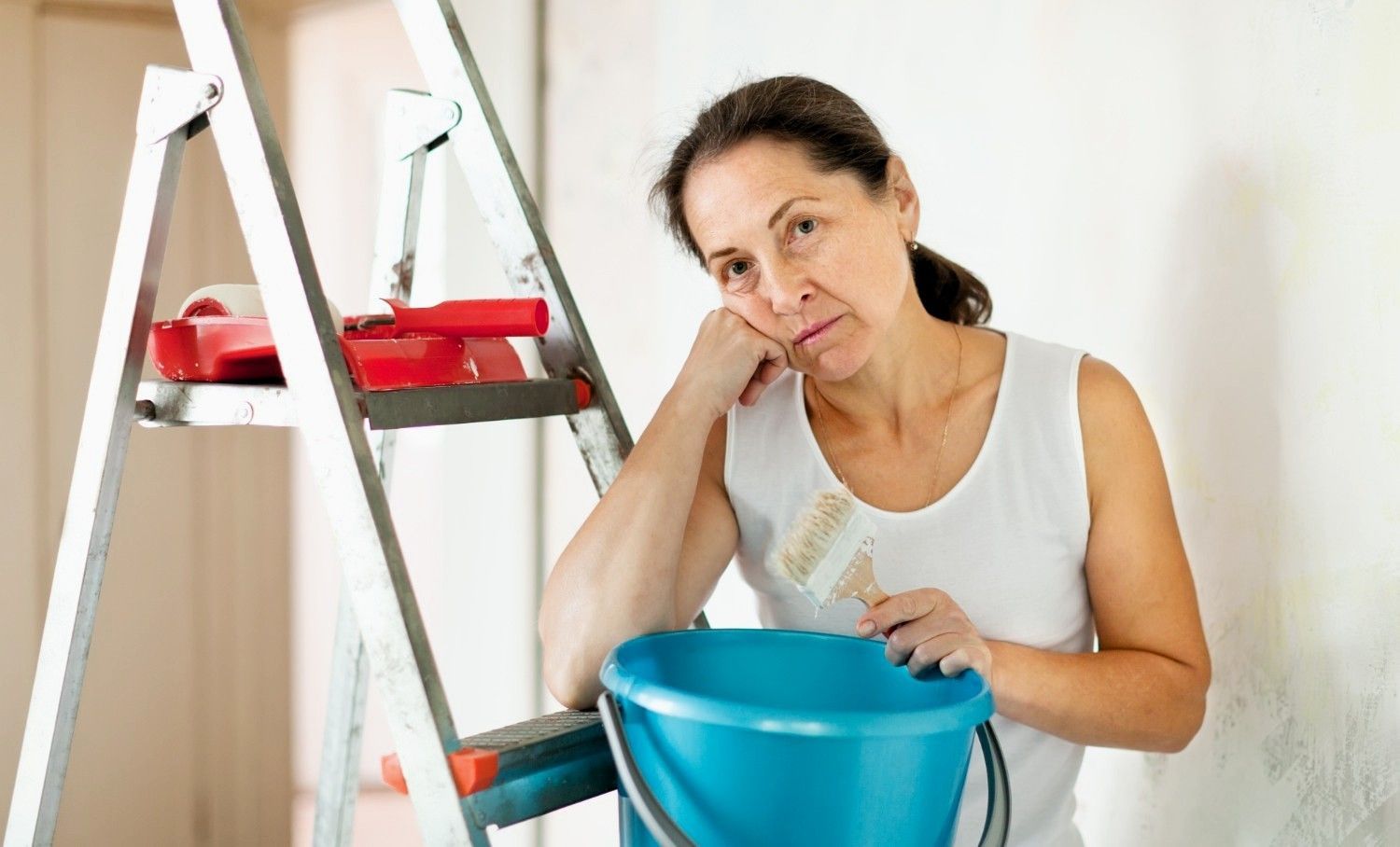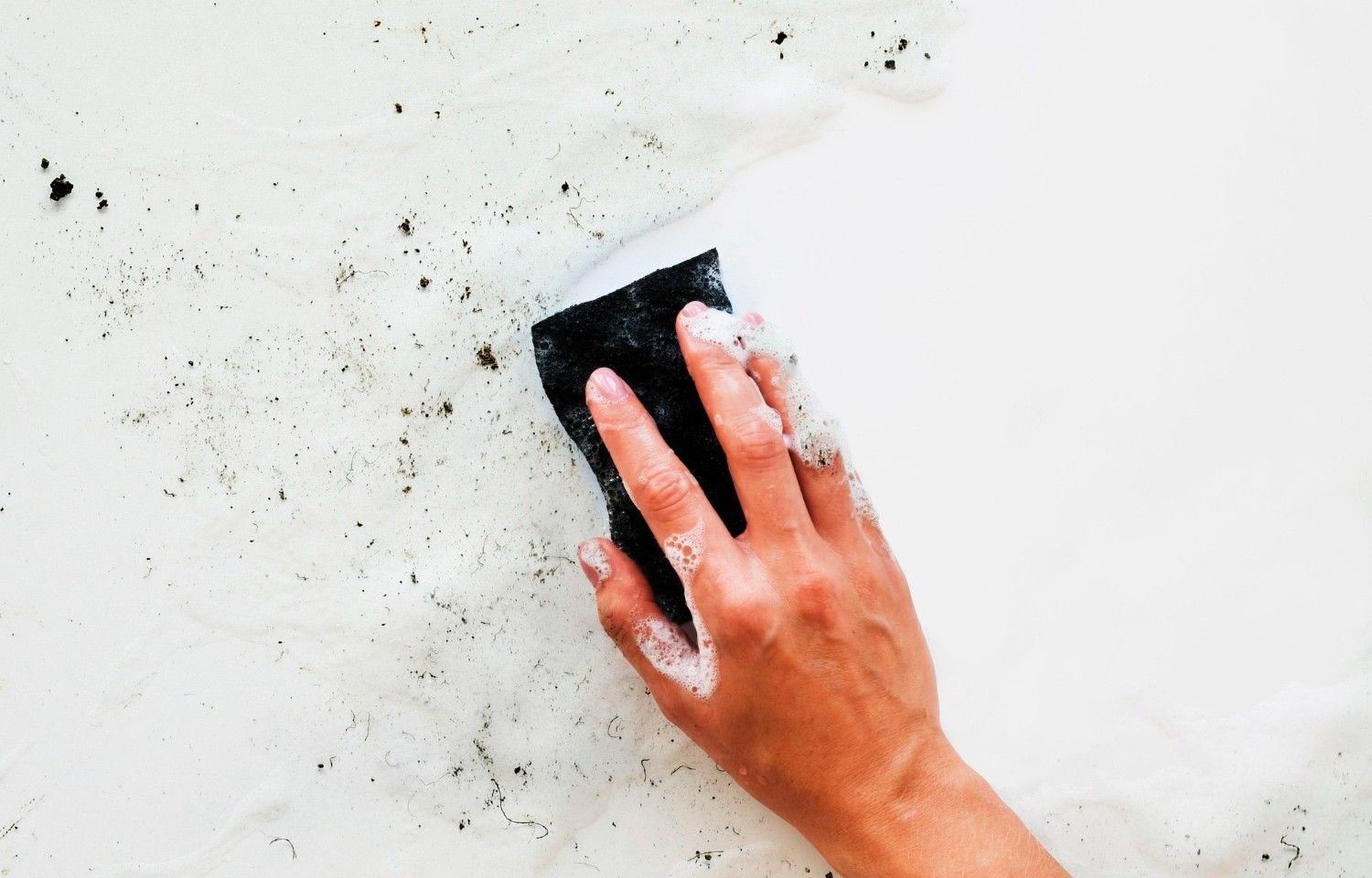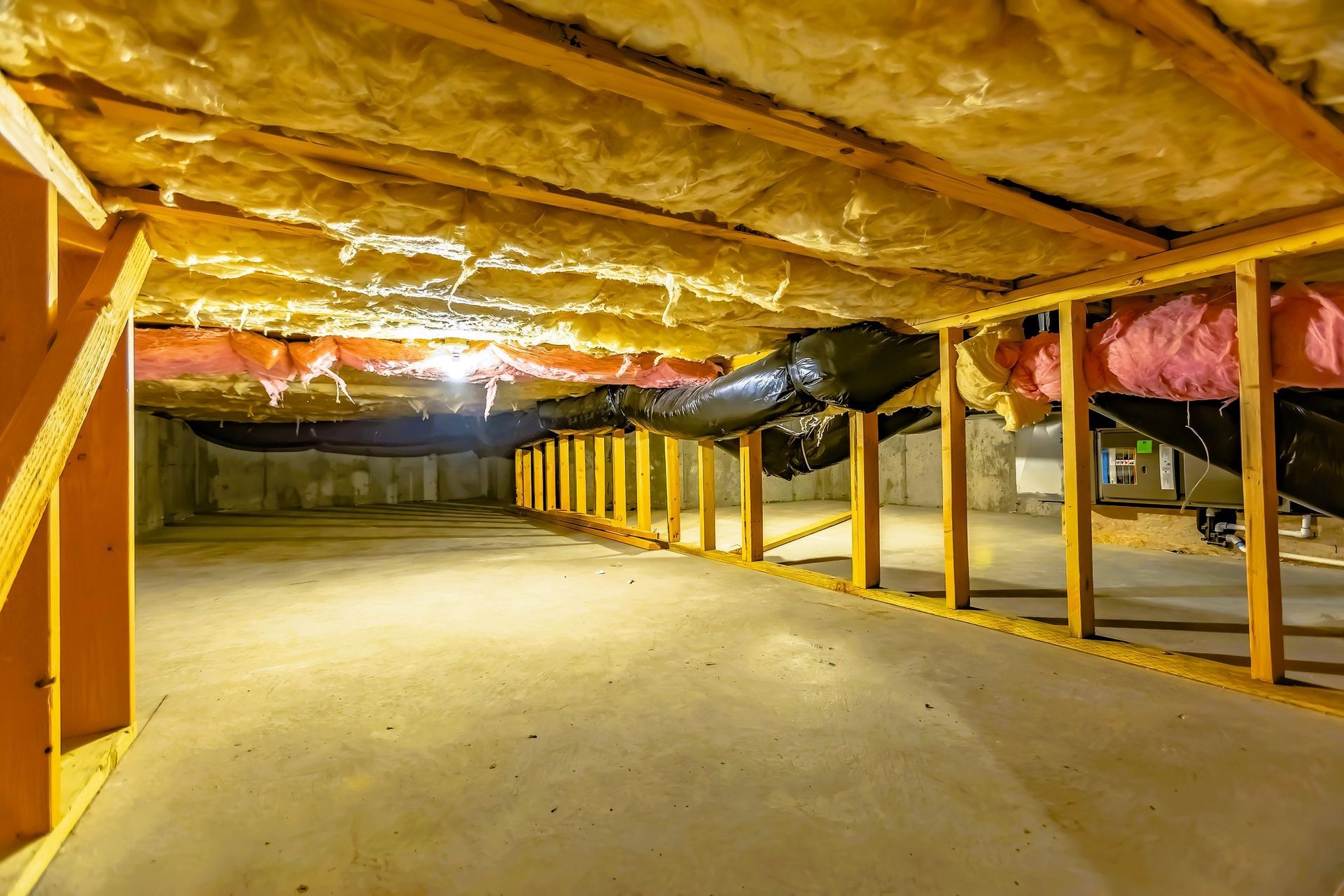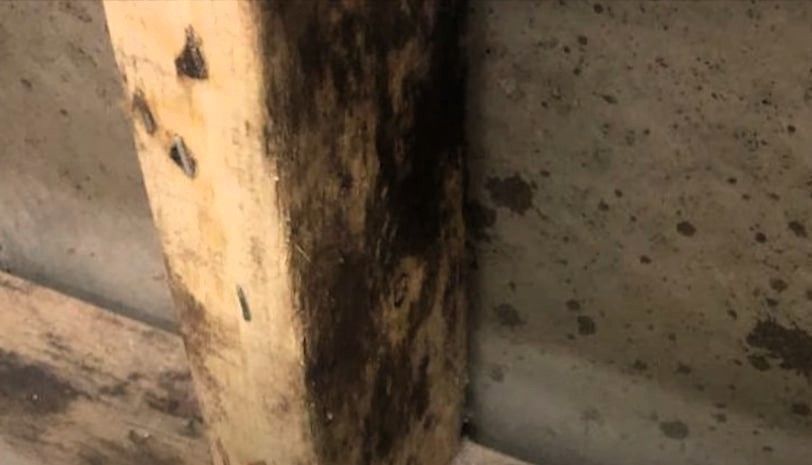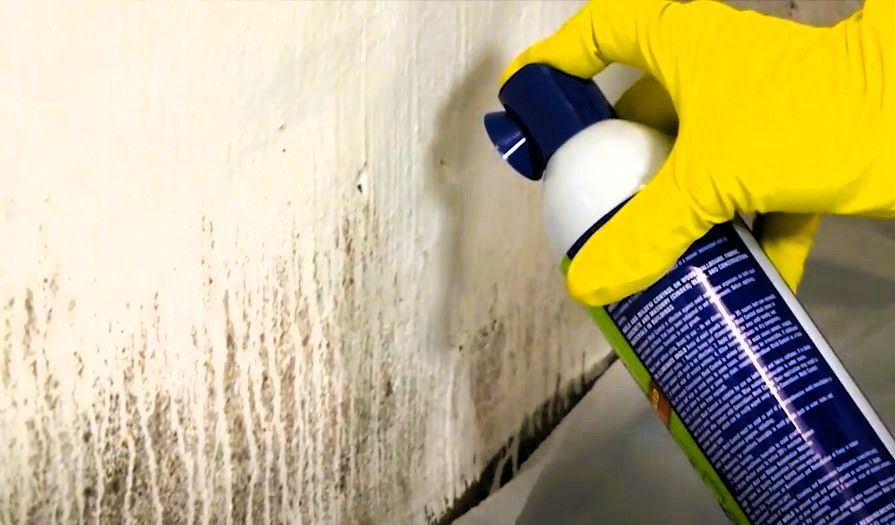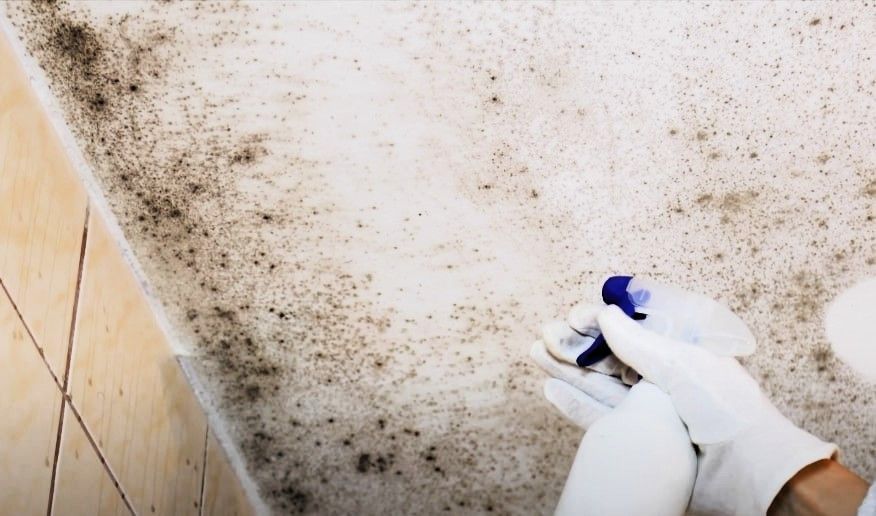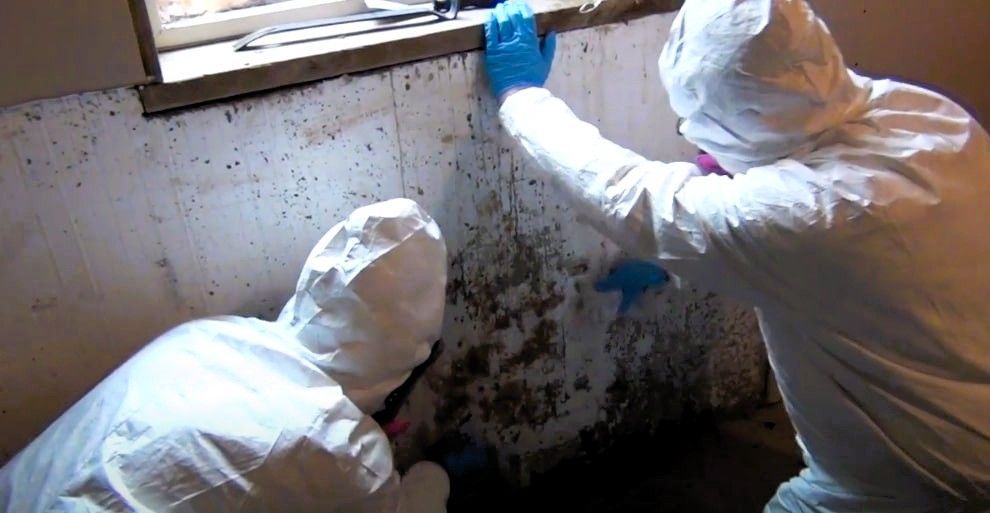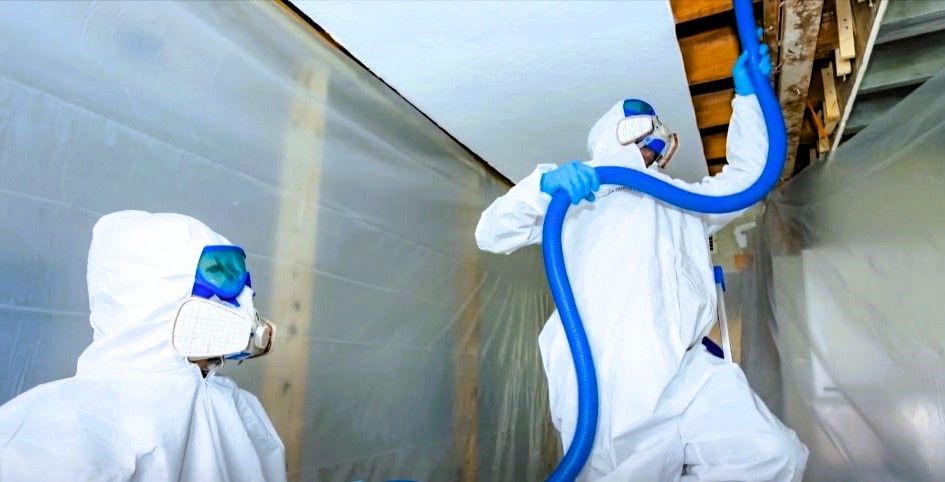The Truth About Sleeping in a Bedroom with Mold
Keep your bedroom mold-free to maintain a good night's sleep.

Mold can grow and spread everywhere in the house. As long as conditions are met, mold growth is inevitable, no matter the room. That means no space is safe from mold growth, and the bedroom is just as vulnerable.
If you have mold growing in your bedroom, it can spread and cause a lot of problems. Therefore, you mustn’t underestimate mold and its growth.
What is Mold, Anyway?
Mold is a fungus that can be found inside the house and outside of it. As long as the location is damp, dark, and without proper ventilation, it can become a place for mold to suddenly appear. In nature, it grows on dark and wet forest floors, specifically on dead leaves and wood, breaking them down and turning them into compost. In an indoor setting, mold does the same thing on your walls, floors, ceilings, furniture, and more, depending on where it manages to latch on.
Also,
mold can quickly spread and multiply in the room since it can release its spores in the air. If the spores find a suitable location to thrive and spread, you might be surprised that you’re already surrounded by mold.
The Effects of Mold
Mold spores constantly float in the air; if there is more mold in the vicinity, more spores are released. Although they are in the air, you can’t see them because they’re microscopic in size. And if someone breathes the spores in, they can cause health complications such as asthma, hay fever, cough, and other respiratory ailments. They can also trigger reactions to other body parts, such as itchy red eyes, blurred vision, skin redness or rashes, sneezing, and more.
Sleeping with Mold in the Bedroom
Mold has a lot of harmful effects on the body. It is also found that it can cause even more complications if one sleeps in a bedroom with mold. Not only can it give you respiratory problems and allergic reactions, but it can also affect how you sleep and your sleep quality.
A study shows that dampness and mold can cause sleep problems such as insomnia, snoring, and excessive sleepiness during the day. Additionally, most people were found to have their sleep disturbed by mold odors.
Signs of Mold and Prevention
To avoid contracting any respiratory ailments and sleep problems from mold, you have to look out for signs of mold growth. Once the mold is spotted growing in your bedroom, you have to proceed and take the necessary steps to remove it. If there are no signs of mold growth, you can still do something to prevent mold from growing in the bedroom.
Signs Your Bedroom is Suitable for Mold Growth
- Your closet and room are humid or damp
- Condensation can be seen on your windows
- Your bedroom smells unusually musty
- Dark areas on your walls, cracking paint, or other signs that can mean there’s water damage happening
How to Prevent Mold in Your Bedroom
- Ensure you have good airflow and proper ventilation in the room. If your room is prone to moisture, use an AC or dehumidifier
- Keep humidity low. You can check it through a digital monitor and make sure you keep humidity at 30% to 50%
- Put space between your clothes in the closet and put some distance between your furniture and walls
- If there are water spills on the mattress or carpet, you have to clean and dry them within 48 hours
- For large water spills or flooding, you should ask for help from professionals
Sleep is essential to the human body. A good night’s sleep can also help with mood, energy levels for the day, and much more. There are plenty of benefits from a complete and restful night’s sleep. Therefore, it’s best to keep it that way and maintain it by avoiding sleep disturbances from mold in your bedroom mold-free.
Suspecting mold growth in your bedroom? Say no more and
contact us today! Our Grand Rapids Mold Relief team will ensure that your bedroom or home is mold-free!

